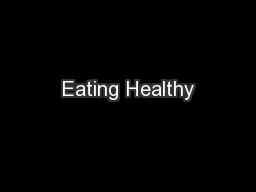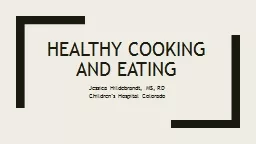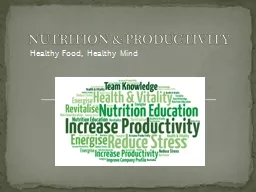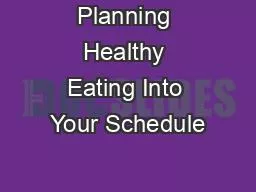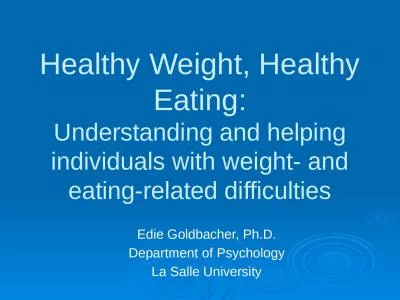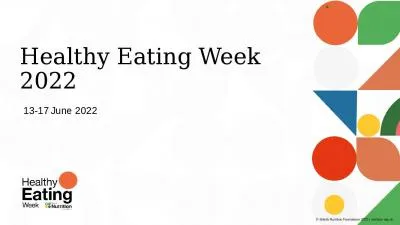PPT-Eating Healthy
Author : debby-jeon | Published Date : 2016-04-24
Fruits and Vegetables Did You Know What is the fruit or vegetable consumed most by Americans Some common vegetables are actually fruits How many can you name Which
Presentation Embed Code
Download Presentation
Download Presentation The PPT/PDF document "Eating Healthy" is the property of its rightful owner. Permission is granted to download and print the materials on this website for personal, non-commercial use only, and to display it on your personal computer provided you do not modify the materials and that you retain all copyright notices contained in the materials. By downloading content from our website, you accept the terms of this agreement.
Eating Healthy: Transcript
Download Rules Of Document
"Eating Healthy"The content belongs to its owner. You may download and print it for personal use, without modification, and keep all copyright notices. By downloading, you agree to these terms.
Related Documents

